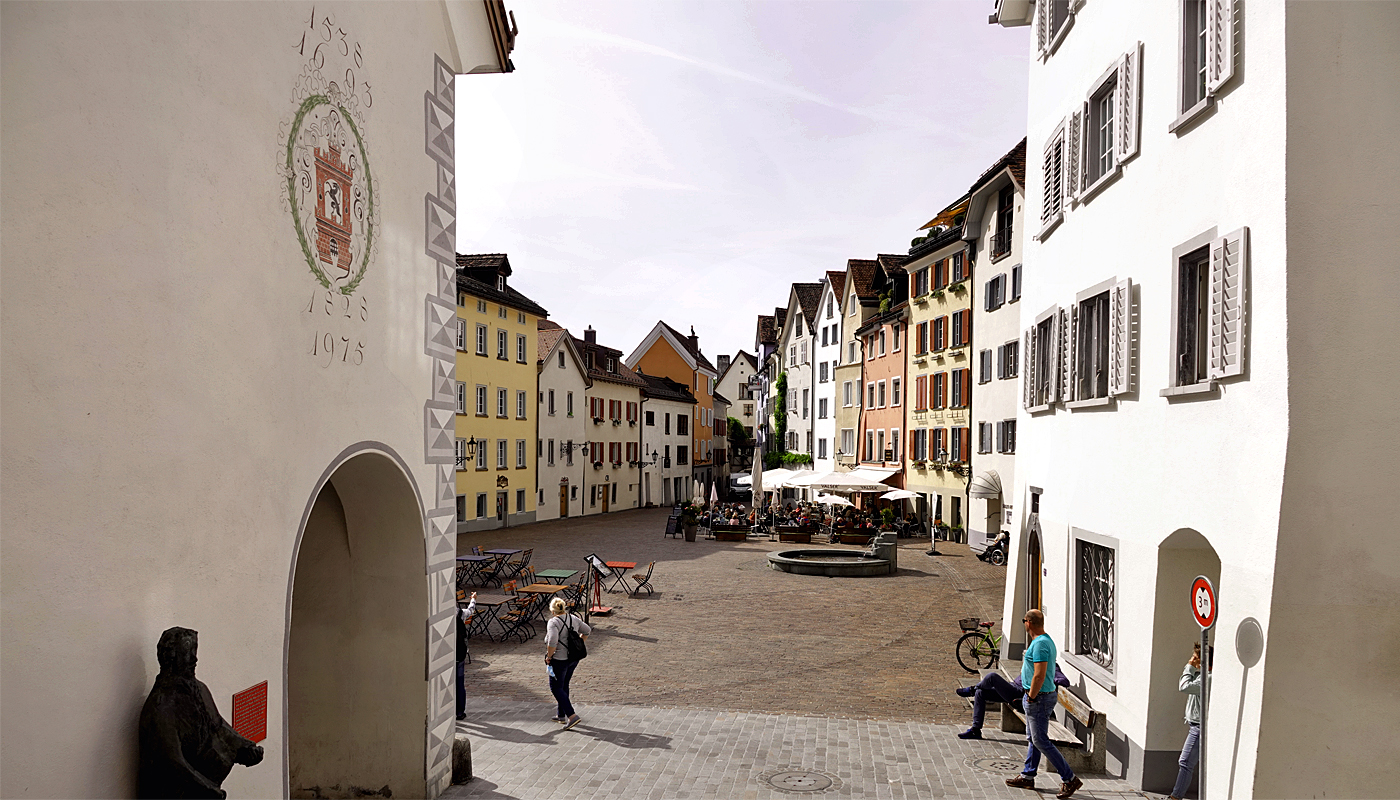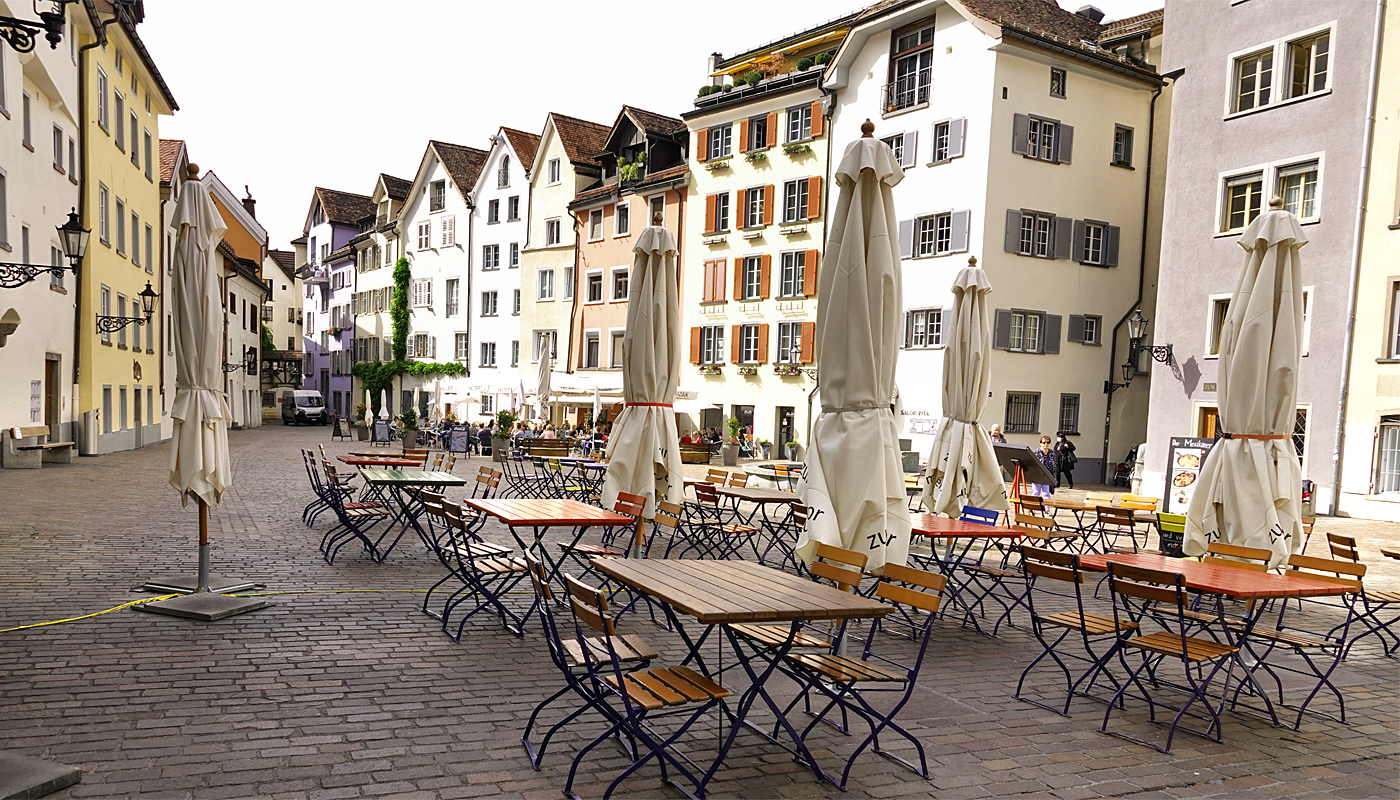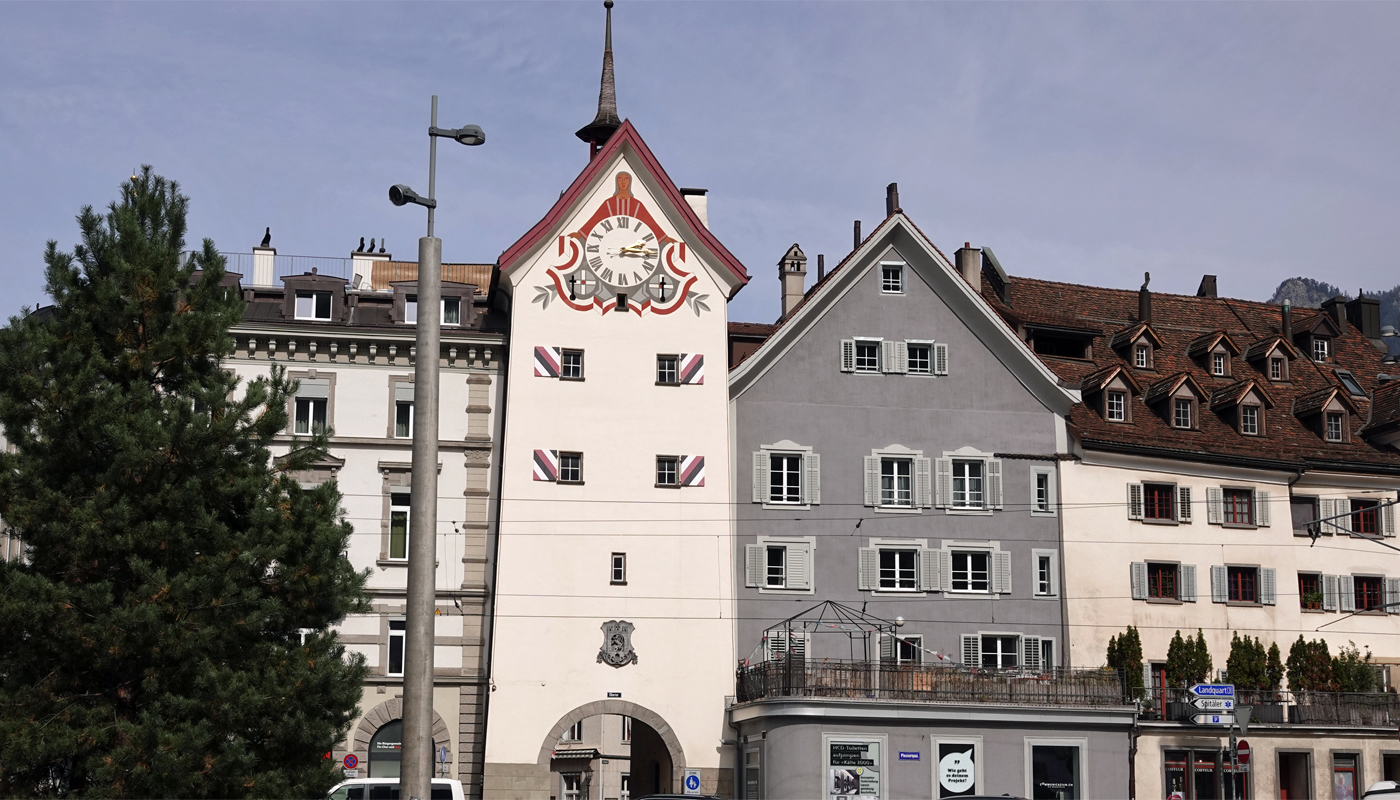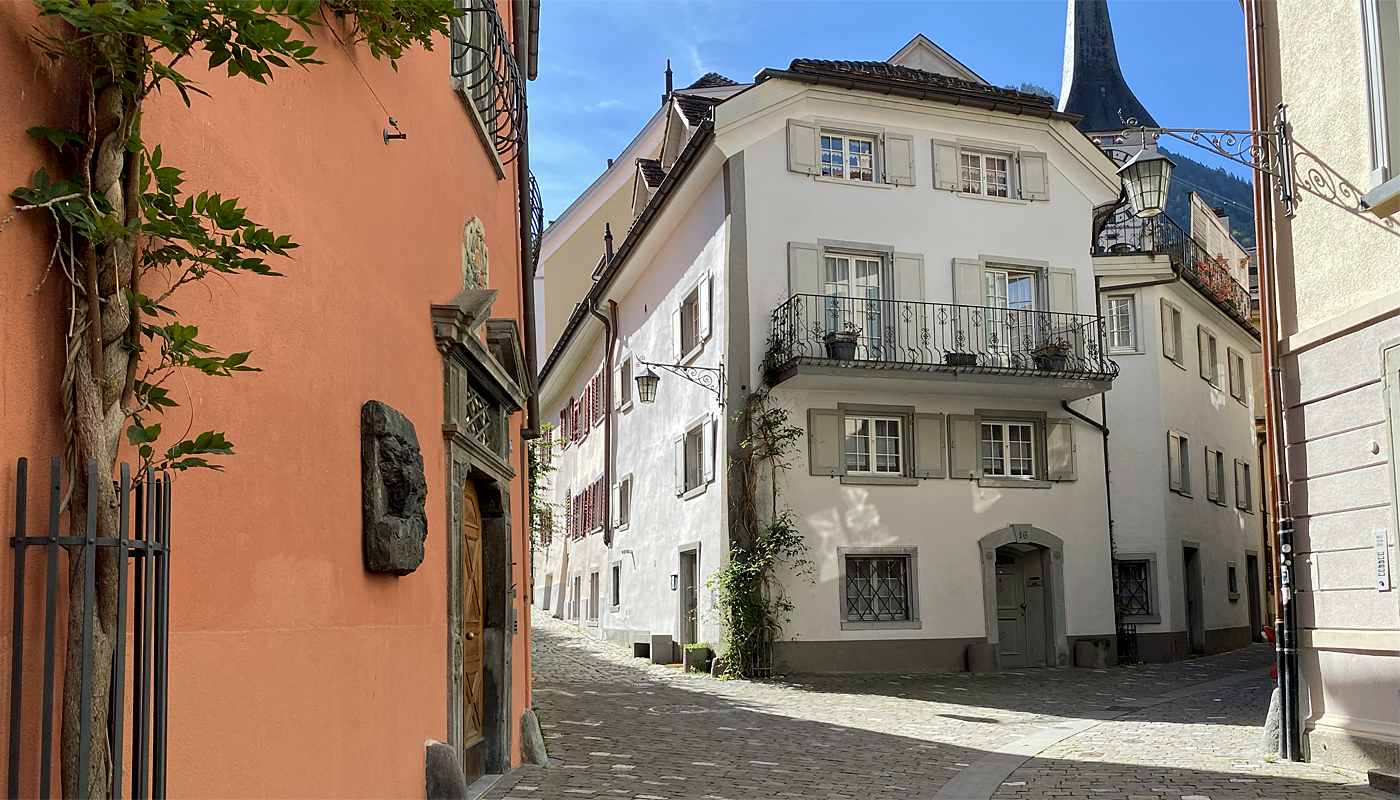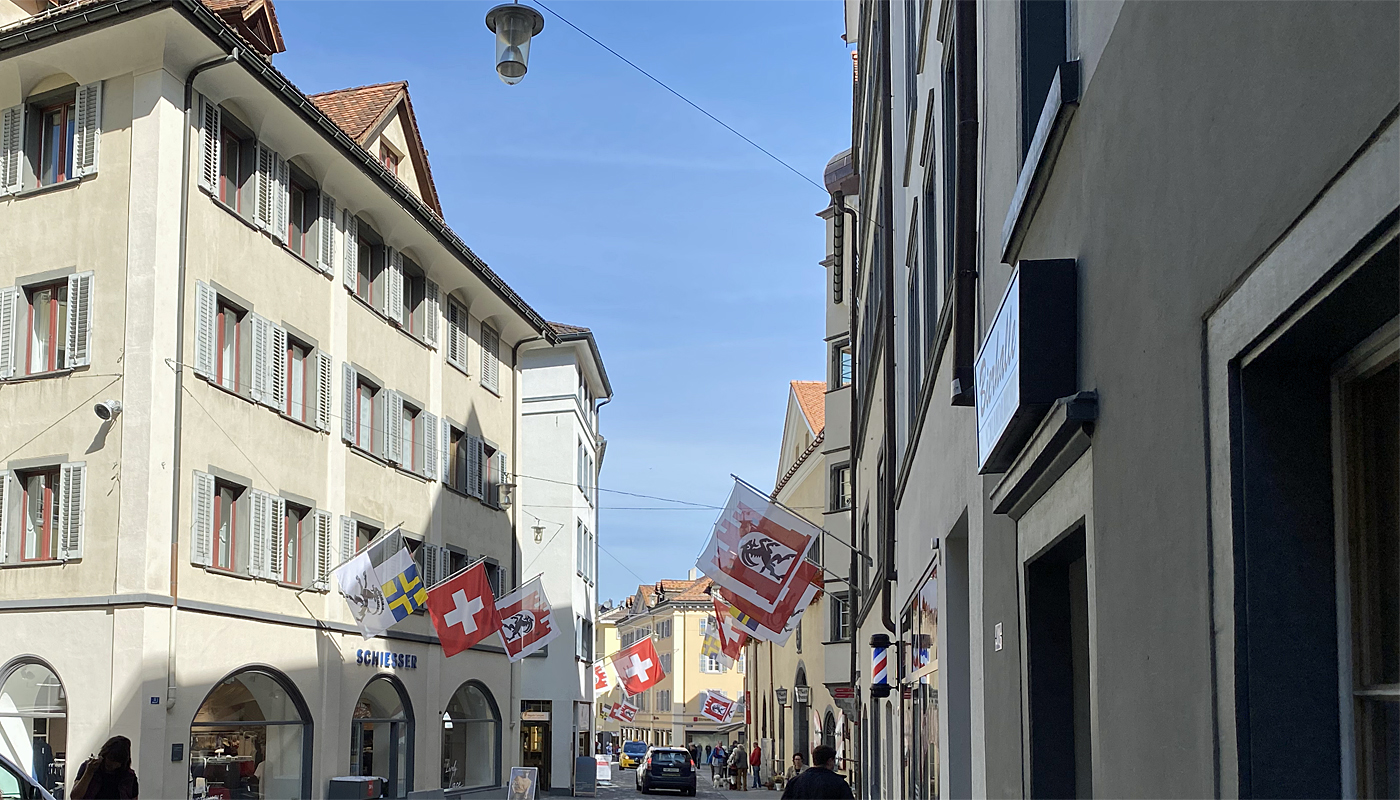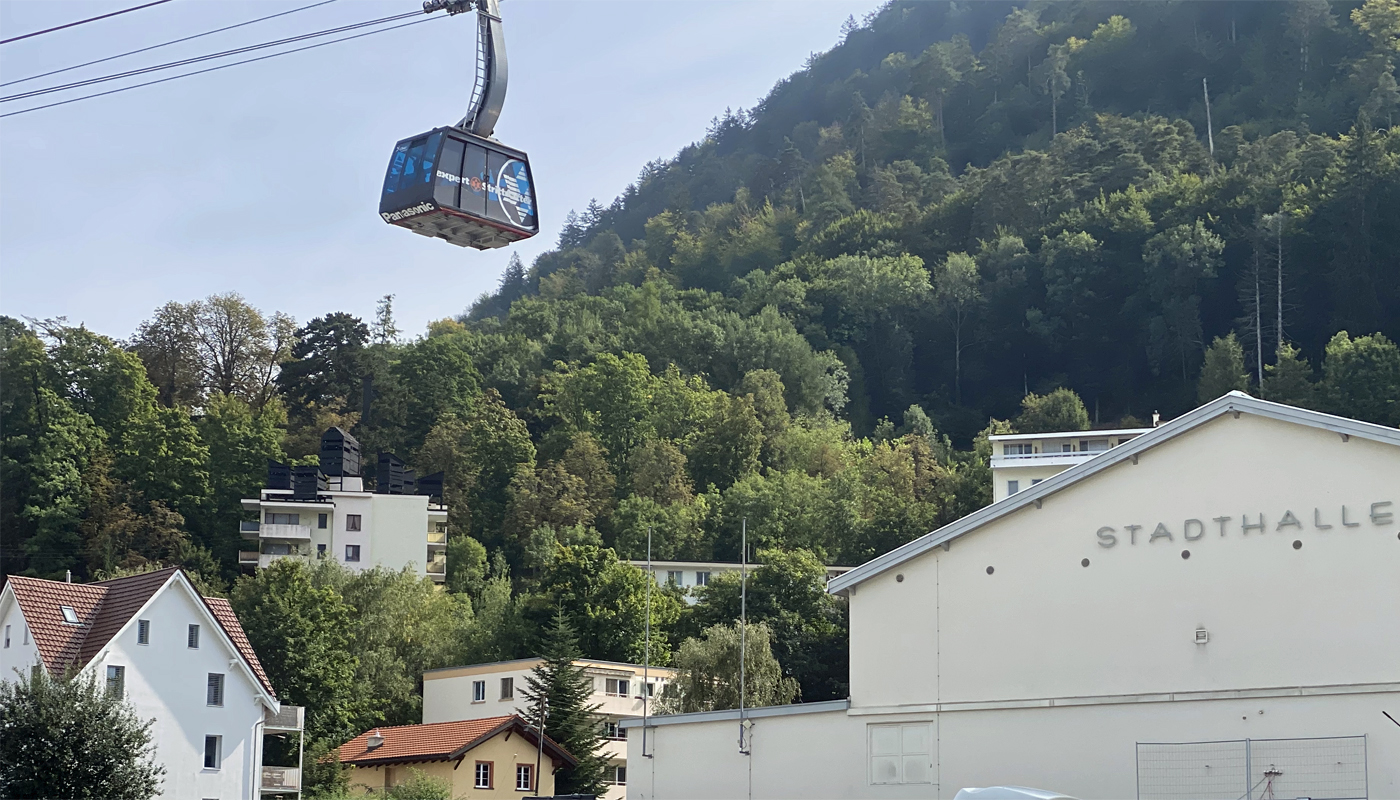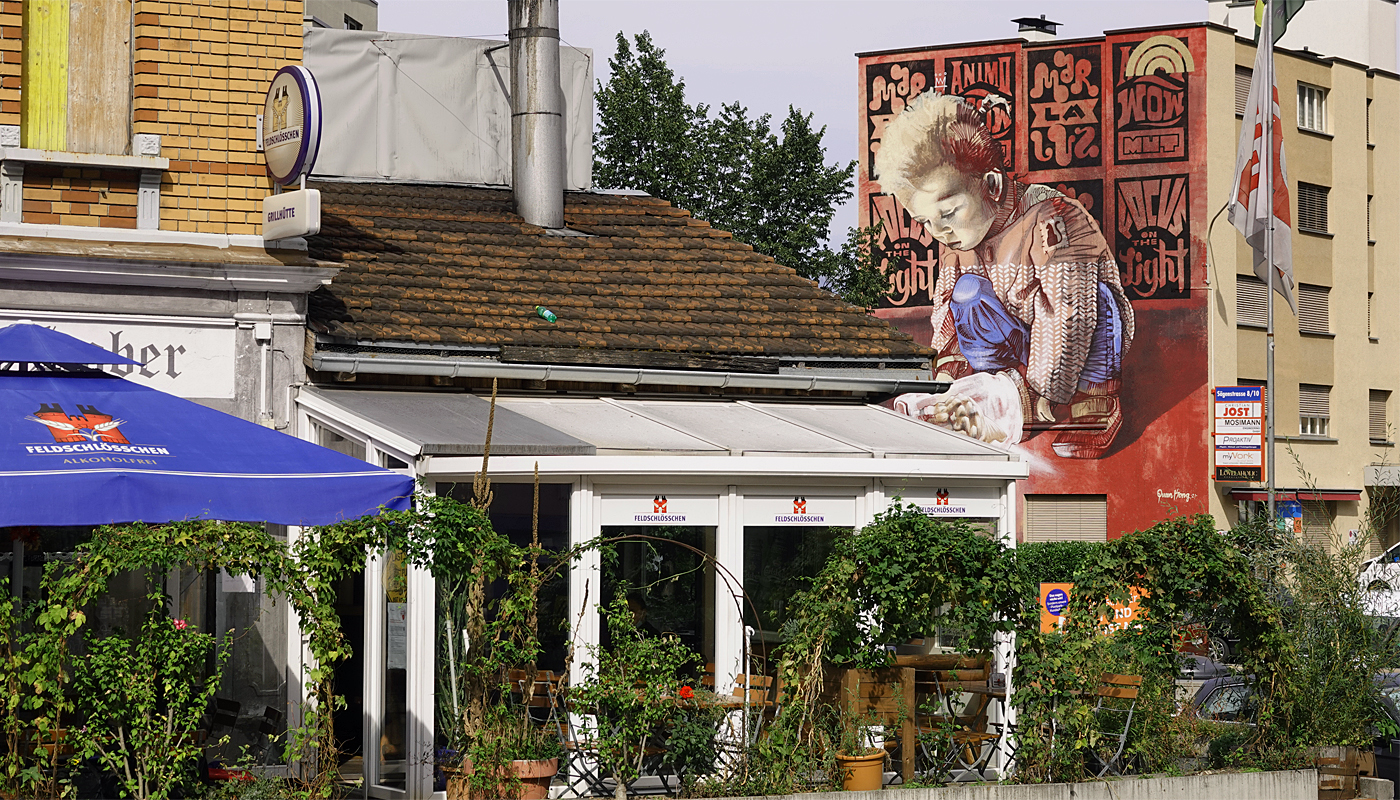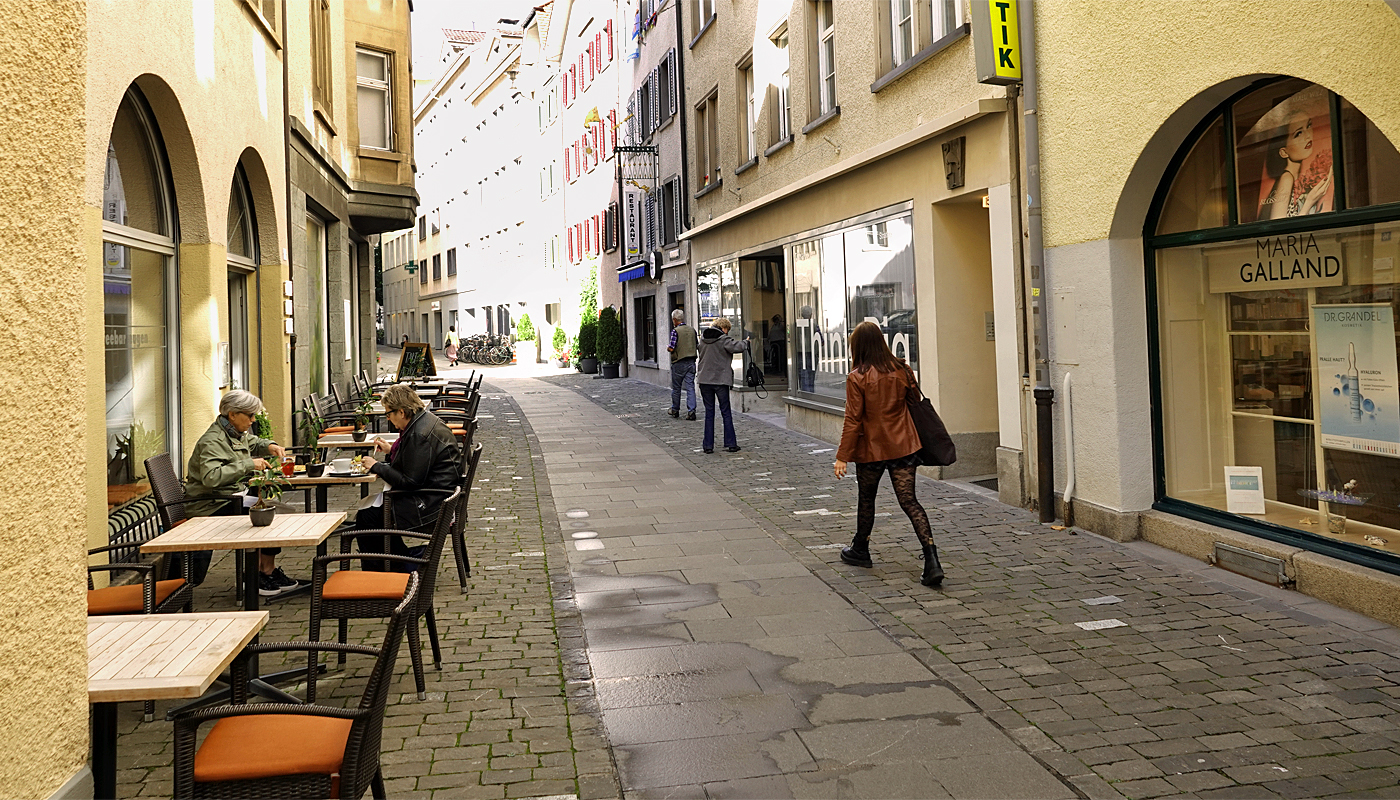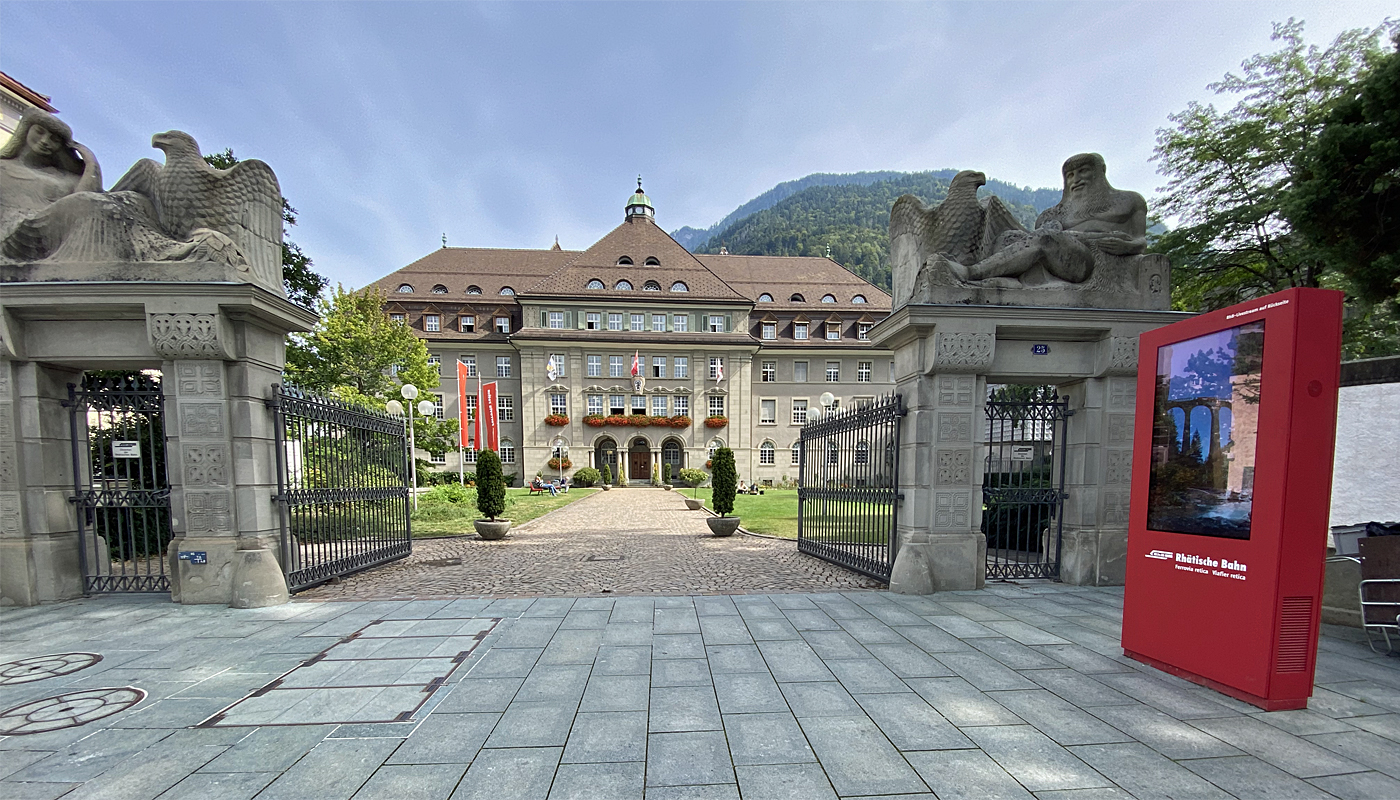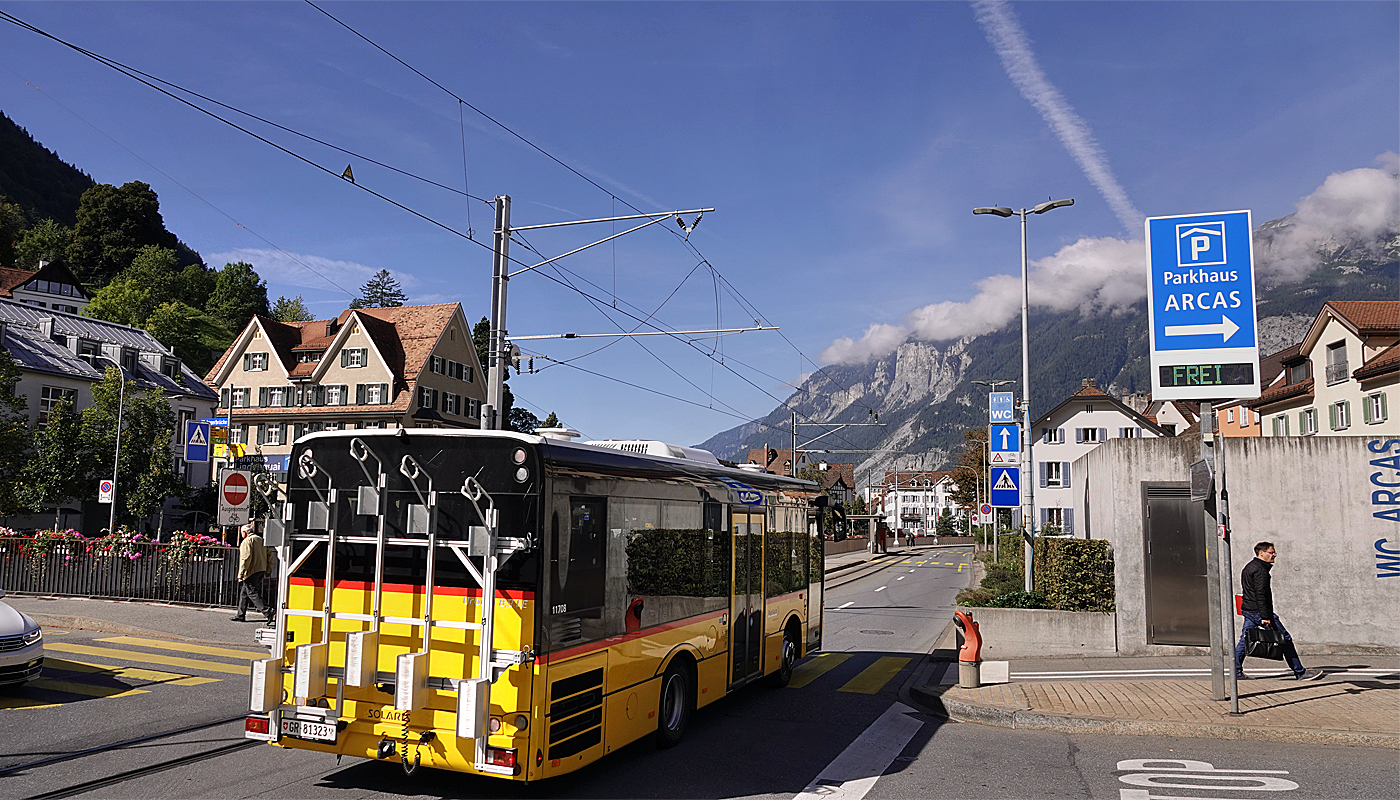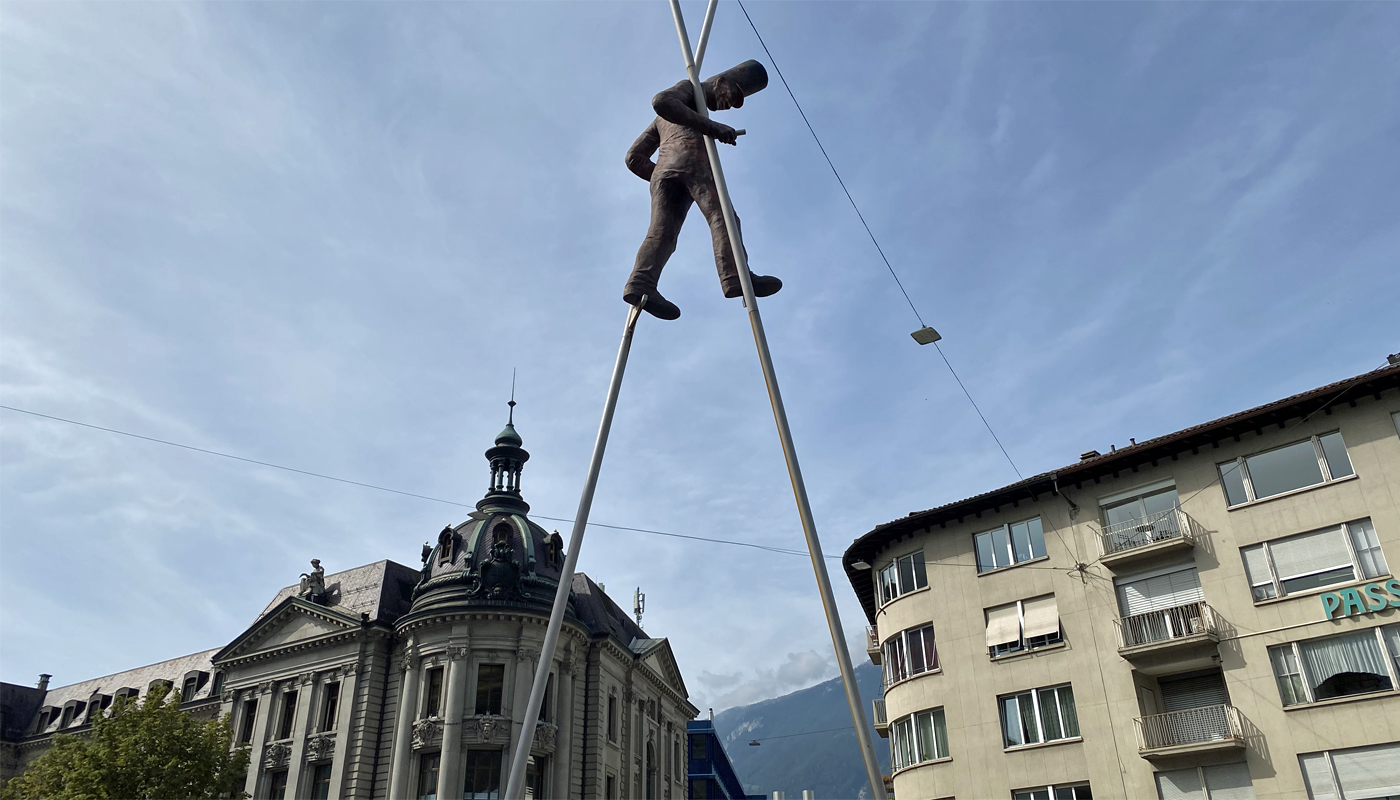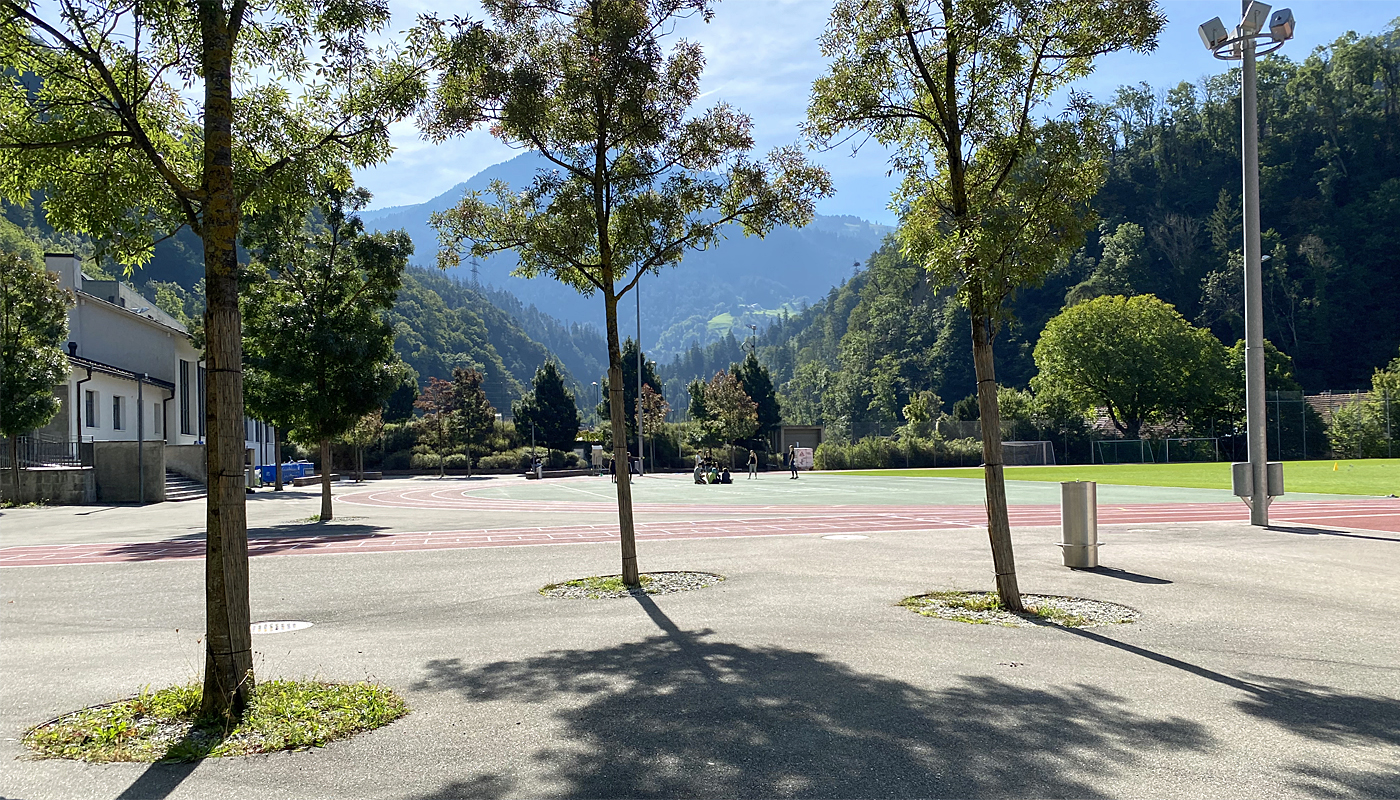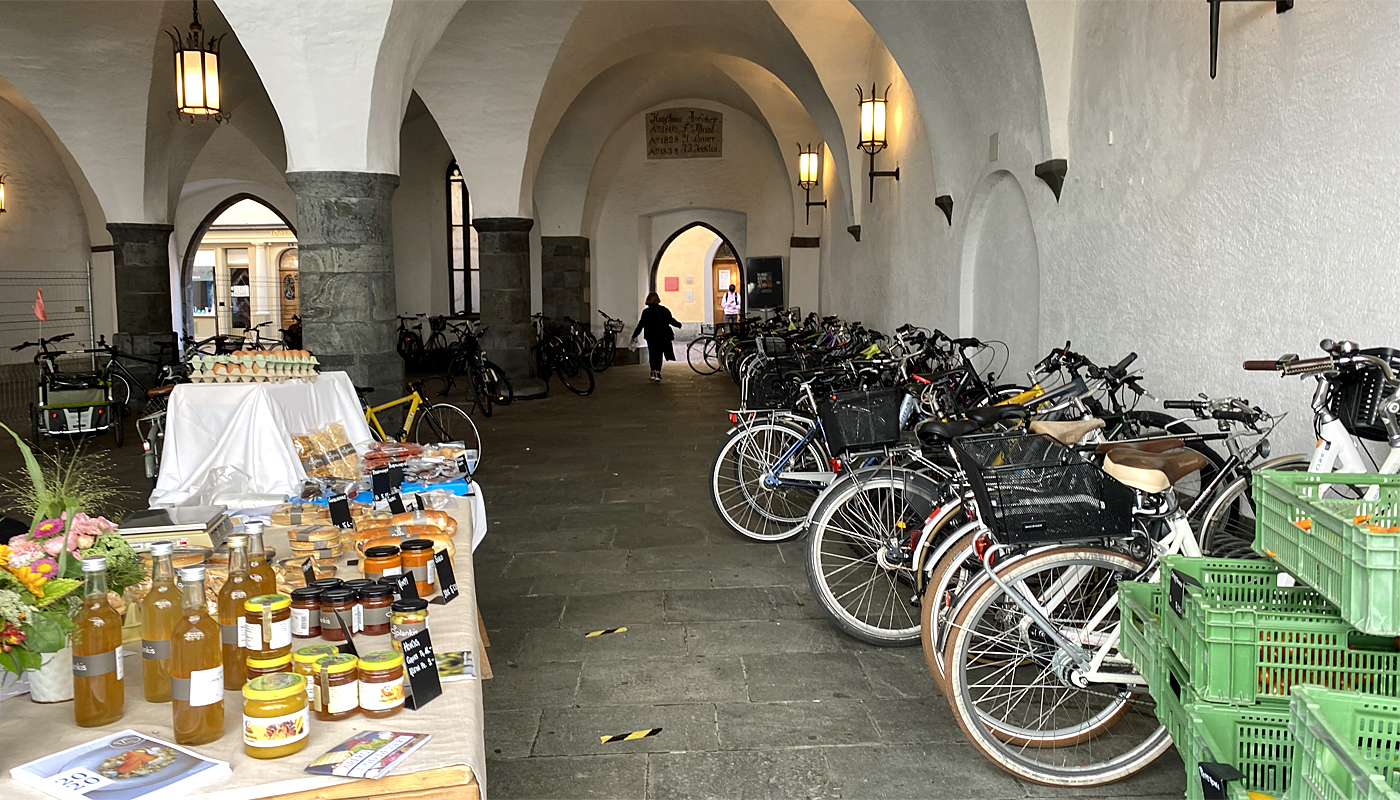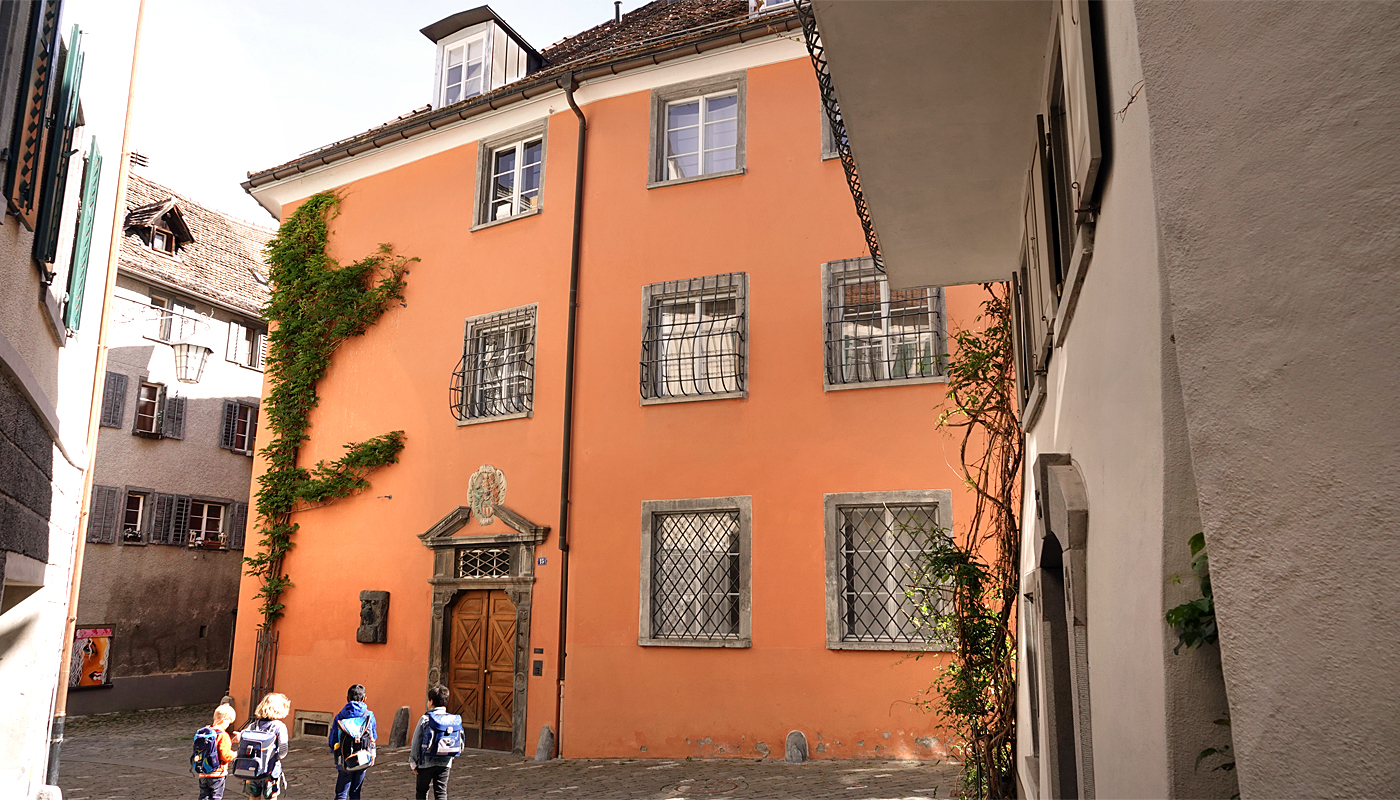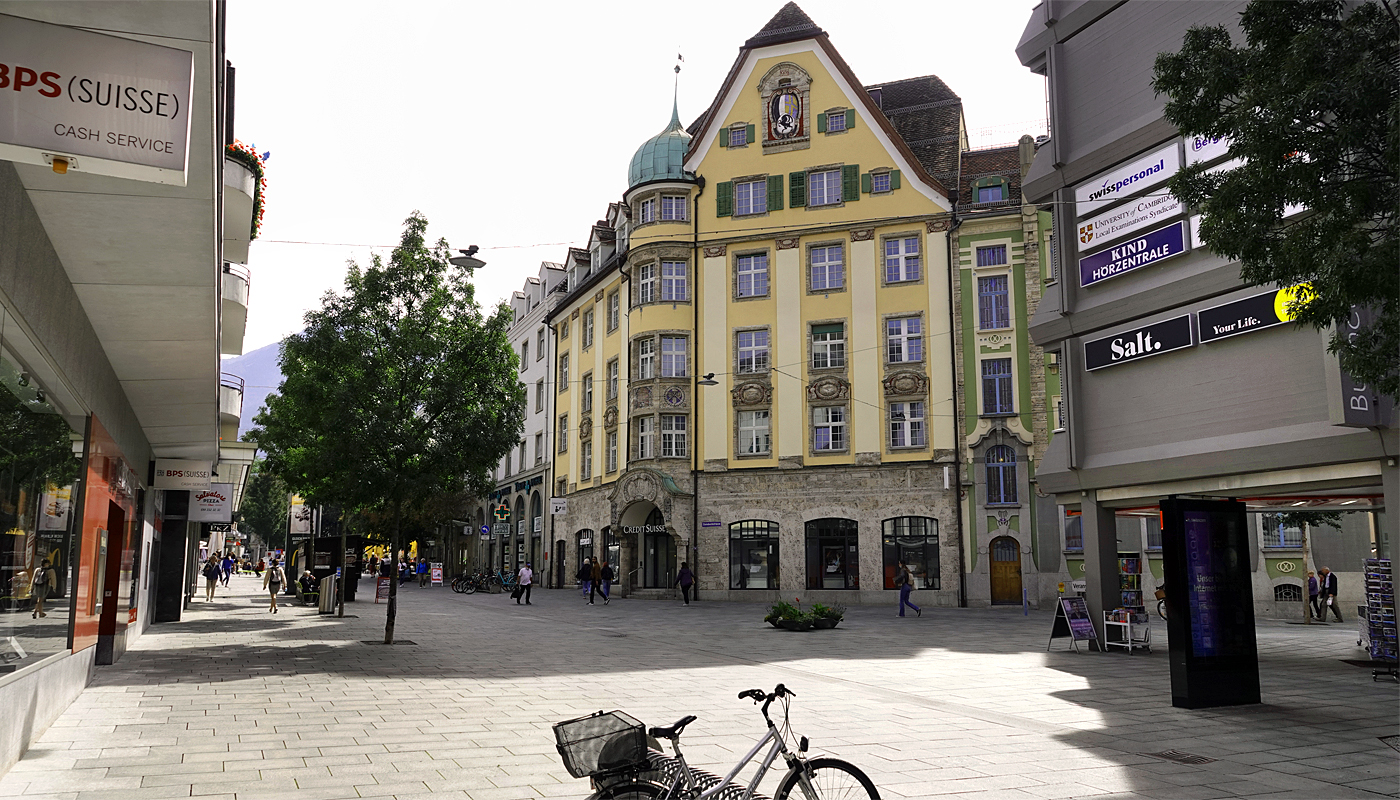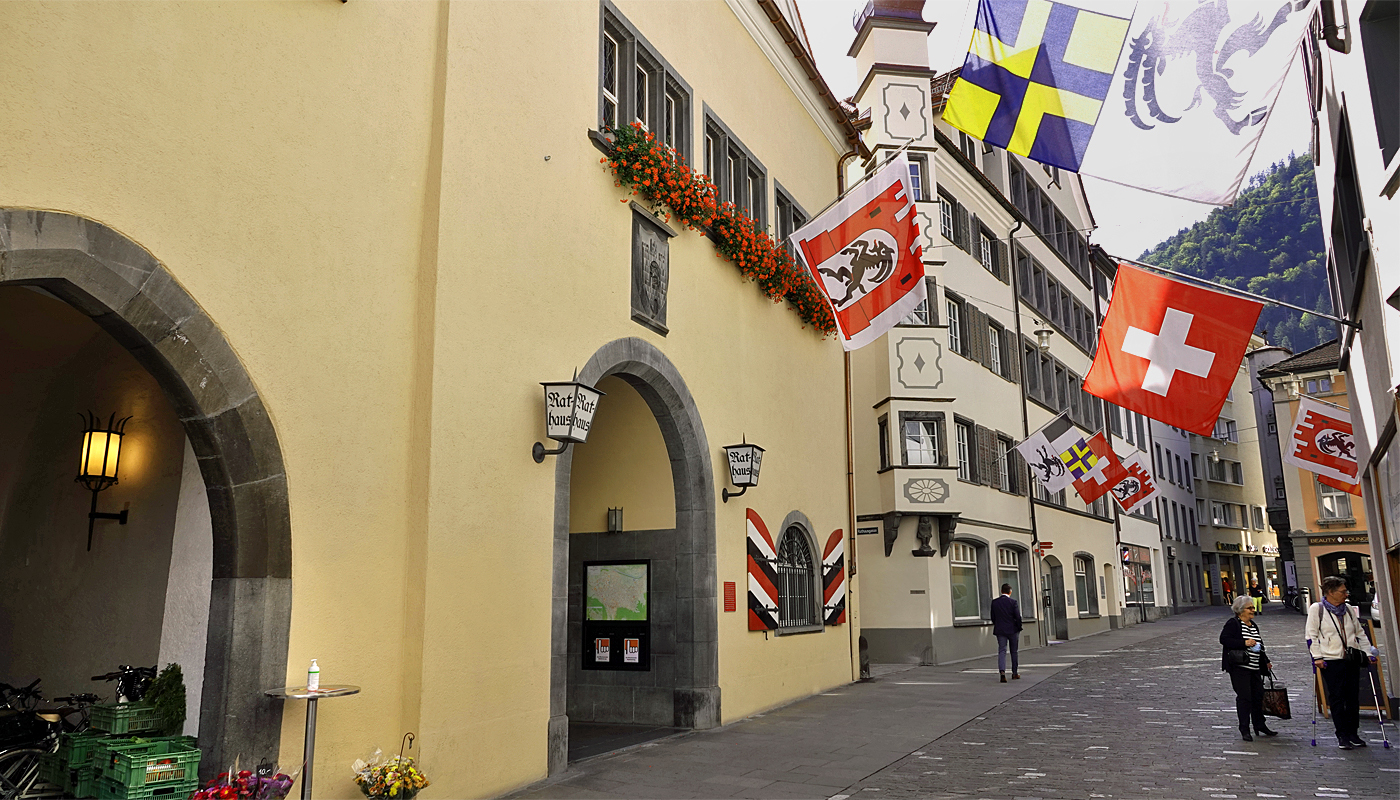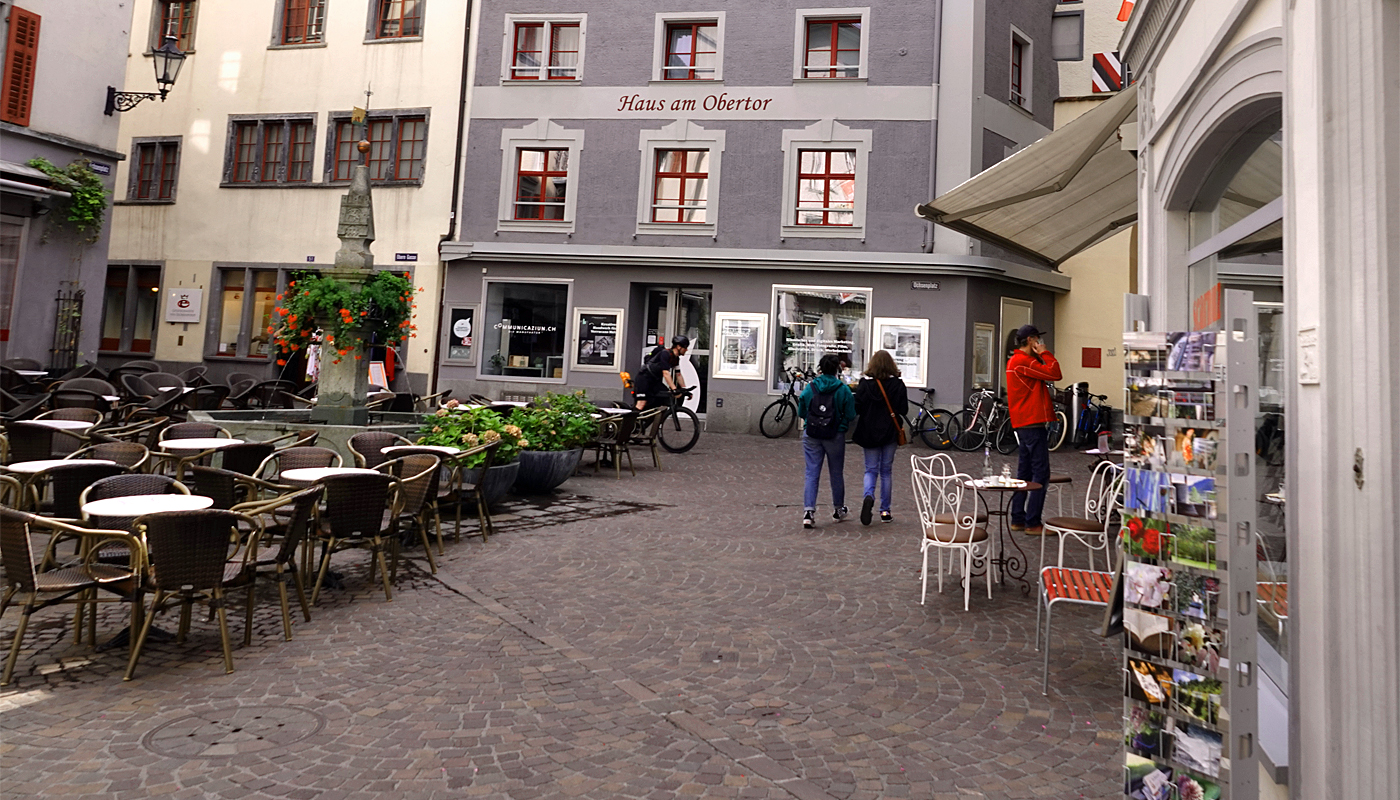Schulen Chur: Information about Chur as a training location

1. where is Chur located?

Alpine Rhine
Chur is the capital of the canton of Graubünden, but is also known as the city of the Alps. The canton of Graubünden is the largest canton in Switzerland in terms of area. The alpine town lies in the Grisons Rhine Valley on the right bank of the Alpine Rhine and thus in the wide valley of the river. The wild river Plessur flows into the Altrhein from the east. Graubünden slate and limestone are deposited in its alluvial fan. The town is also the seat of the diocese of Chur, an administrative district of the Roman Catholic Church. The town lies at 593 m above sea level - but has considerable differences in altitude between 550 and 1,847 m above sea level at the Spundisköpf viewpoint. The core town of Chur has now grown together with the hamlet of Masans, 2 kilometers to the north. Due to its location in the mountains, the average annual temperature is just 10 °C. The origins of the town date back to pre-Roman times, as evidenced by the Roman excavations in Chur, which date back to around 4,500 BC - although these were less permanent settlements. But this fact has earned Chur the title of oldest town in Switzerland. City walls from the 13th century are still visible in the old town. As an important educational location in south-eastern Switzerland, Chur has a wide range of schools. Educate and further your education where others go on vacation.
2. how big is Chur?
Chur has over 87,080 inhabitants and covers an area of 54.24 km2. The area is divided into 18 districts. The language used to be predominantly Romansh. It was not until the 15th and 16th centuries that the Rhine Valley of Chur was Germanized. Today, the main language is German (81%) and the most widespread denomination is Catholic. The economy is dominated by the service sector, including tourism, although the town also has a remarkable agricultural base with pastureland and alpine dairies. As a vacation region, the town also offers the population a high quality of life, modern infrastructure and a growing business location with good framework conditions. In addition to a large catchment area, Chur also has direct connections from north to south. The development of leading industry with companies such as Würth, Hamilton, Cedes, EMS and Trumpf illustrate the potential and market power of the Graubünden Rhine Valley. Comprehensive educational programs offered by schools in Chur strengthen the local economy. Five Universities and a planned campus will provide professional training for students in order to attract them to the local job market.
3. how can I travel to "Schulen Chur" by public transport?

simplifies travel to schools in Chur
Chur station is an important railroad junction at the end of the two SBB standard-gauge lines Chur-St. Gallen and Chur-Zurich coming from the north. It is also possible to change to the RhB meter-gauge network. The RhB operates three further stops in the urban area: Chur West (on the Chur-Reichenau/Tamins line), Chur Wiesental (on the line to Landquart-Davos) and Chur Altstadt (on the railroad line towards Arosa). Sassal is now served by a bus stop instead of the Arosa line as in the past. The Rhaetian Railway is now regarded as the "tramway" in Chur. It therefore also connects the railroad station with various schools in Chur, making it easier to get there. Chur is connected to St. Moritz via the RhB line to Thusis and the Albula line. From there, the Bernina Railway takes you to Tirano (Italy). The railroad lines over the Albula and Bernina Alpine passes are UNESCO World Heritage Sites. There are direct rail connections from Chur to Zurich, Basel and St. Gallen, as well as to European centers such as Amsterdam, Brussels, Hamburg and Stuttgart. It takes five quarters of an hour to get from Zurich to Chur and nine quarters of an hour from Basel. The Postbus deck above the station tracks has a striking glass roof. This makes it easier to change to the Chur city bus, which has six routes serving the city districts and surrounding communities. In front of the station square is the city meeting zone, including Bahnhofsstrasse and Alexanderplatz. An extensive and modern range of public transport services helps those interested in education to get to the schools in Chur.
4 How do I get to my school in Chur by private transportation?
The A3/A13 highway connects Chur as an international transalpine route with the European highway network on the axis between Germany and Italy. The two highway exits are Chur-Nord and Chur-Süd. From both exits, it takes just a few minutes to reach the center of the Alpine city and thus also various "Schulen Chur". The journey by car from Zurich takes 1 hour 15 minutes, from Basel 2 hours 30 minutes, from Lugano 2 hours, from St. Moritz 1 hour 45 minutes and from St. Gallen one hour. There are plenty of parking options available locally - whether near the old town, at the train station or directly at shopping centers. In the city center, the City and Stadtbaumgarten multi-storey parking lots are ideal, while the Lindenquai and Arcas multi-storey parking lots are in the old town. There are also public parking spaces at Chur train station, the Hof parking lot near the old town and the Obere Au parking lot. So you can get to your school in Chur with ease.

5 "Schools Chur": What does the educational location offer?
The educational location of Chur offers numerous educational opportunities and a wide range of further education options. In addition to primary and secondary schools, Chur is also home to the talent classes for music and sport, day schools, boarding schools, elementary schools, cantonal schools, middle schools, high schools, transitional options, private schools, language schools, the singing school, the music school, the art school, special schools, vocational schools, vocational schools, vocational colleges, technical schools, the University of Applied Sciences Graubünden, the University of Teacher Education Graubünden, the Theological University of Chur, the Health and Social Education Center (BGS), the Institute for Cultural Research Graubünden, the ibW College of Higher Education Südostschweiz, the Swiss School of Tourism and Hospitality, the Höhere Wirtschaftsschule Graubünden (HWSGR) and adult education programs. The schools in Chur offer a wide range of educational opportunities of supra-regional importance. The libraries, a municipal library and a cantonal library including the Graubünden State Archives support the educational institutions as a supplement to the teaching at "Schulen Chur". Education is an important cornerstone for strengthening Chur as a business location and for future employers and employees.
6 "What are the catering options in Chur?
Chur is known for having the highest density of restaurants in Switzerland. Almost everything is on offer, from gourmet restaurants to traditional Grisons mountain pubs. Numerous cafés, bars and clubs tempt visitors to linger after their visit to the schools in Chur. A Gastropass offers affordable culinary experiences. Sweet temptations such as the Grisons sugar bear must be tried. Traditional alcoholic drinks such as Churer Röteli, Chur wines and beer directly from the Calanda brewery are also tempting. Well-known dishes in Chur include the Bündner Platte with Bündner meat, raw ham, Altstadt-Salsiz, raw bacon, mountain cheese and Birabrot (pear bread) or Engadiner Ofenrösti. Another well-known dish is Rumantsch Grischun, consisting of a pork schnitzel fried in an egg with a Malans red wine sauce, Bizzocchels Sursilvans and Domlescher dried pear. The Chur meat pie (minced meat mixture in dough) and Alpenstadt sushi (Alpenstadt cheese with a mild nutty flavor arranged with meat as sushi) are also popular. Well-known vegetarian dishes are Capuns - chard cabbage wraps cooked in milk broth and gratinated with cheese - or Maluns - an ancient recipe made from potatoes served with apple sauce, cranberry or alpine cheese. For dessert, try Bündner Nusstorte or Alpenstadt-Torte (nut cake refined with Röteli). Enjoyment is guaranteed after a visit to the schools in Chur.

7 What can be done after school at schools in Chur?

The town center is formed by Postplatz, from which Poststrasse leads into the old town. To the southwest of this square is the Fontana Park with a monument to the castle bailiff Benedikt Fontana. On the other side is the Bischöflicher Hof with the baroque Bischöfliches Schloss dating from 1732 and 1733. In Chur, there are many sights to see after classes at schools in Chur. In the picturesque old town of Chur, visitors should see the town hall from the 15th century, the Obertor, the Regulakirche, St. Luziuskirche, Rotes Haus, the Malteserturm and Bündner Kunstmuseum. The Graubünden Cantonal Library and the State Archives are located next to the government building (on Karlihofplatz). Many beautiful guild and town houses from the 16th to 18th centuries can be found on Arcas, Kornplatz, Pfisterplatz, Majoranplatz and Hegisplatz. Just outside on Martinsplatz are the Protestant Martinskirche, a late Gothic building, the Antistitium and the Bärenloch. Next to the Bischöflicher Hof is the Romanesque-Gothic cathedral of St. Maria Himmelfahrt from the 12th and 13th centuries. At the foot of the courtyard is the Upper Spaniöl and further down in the old town is the Lower Spaniöl. Next to the Antistitium is the Klibühni, where concerts and events take place. Culinary delights are also on offer in the Chur Town Hall, the Frauenkulturarchiv Graubünden and the Dornschatzmuseum. The St. Luzi Chapel is also worth a visit. A mountain railroad directly from the city center takes you up into the mountains and provides for hiking pleasure. An incomparable train journey on the Rhaetian Railway makes for a unique experience. You will certainly recover quickly from the lessons at schools in Chur.


